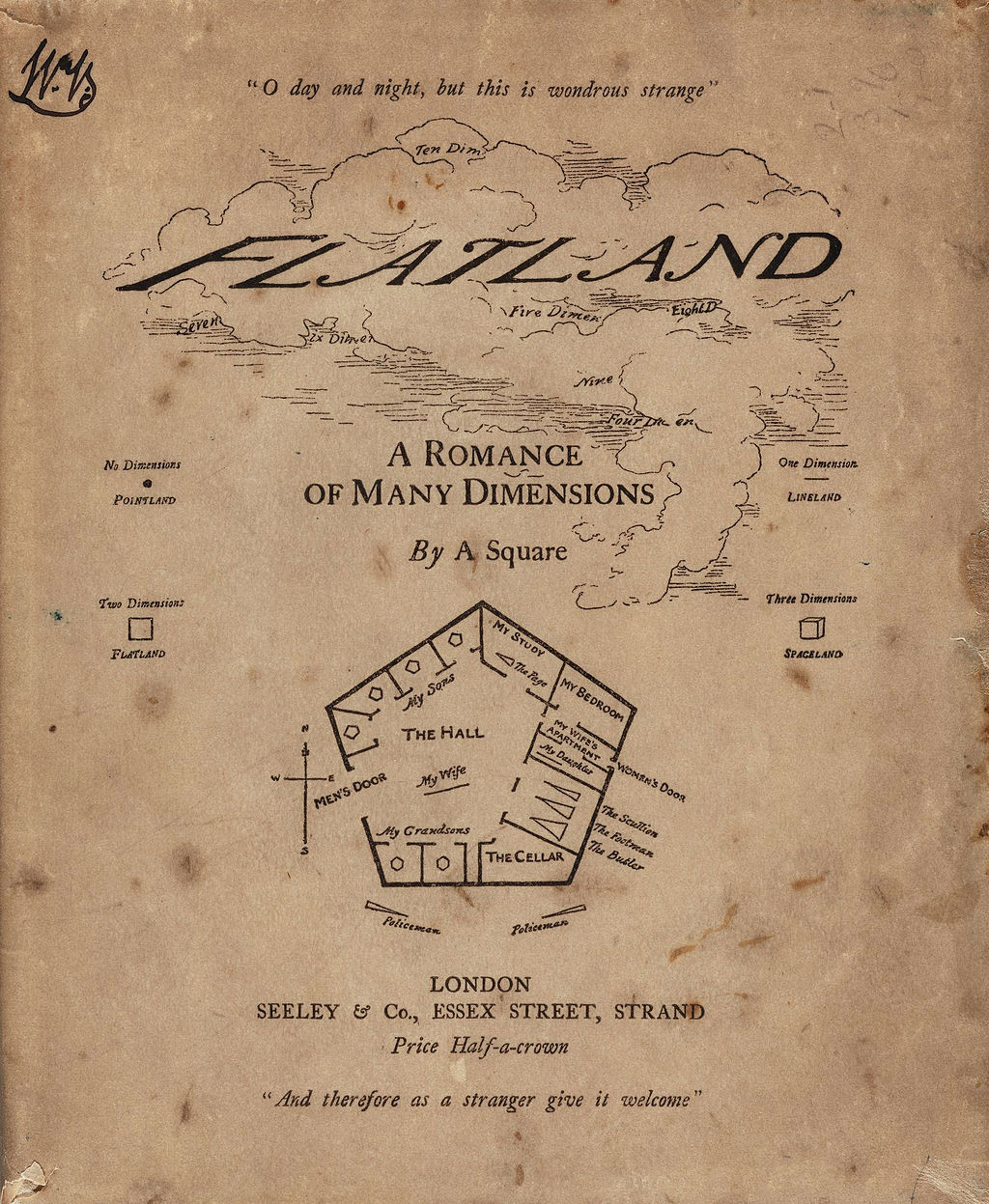And yet another 5G core network post, this time on session management and network slicing. I already had a post on network slicing from a radio network point of view a while ago but at the time it wasn’t quite clear how the 5G RAN will interact with a 5G core for network slicing. Recently, I found an interesting resource that clears this up from a core network point of view.
Continue reading The 5G Core – Part 8 – Session Management and Network Slicing




